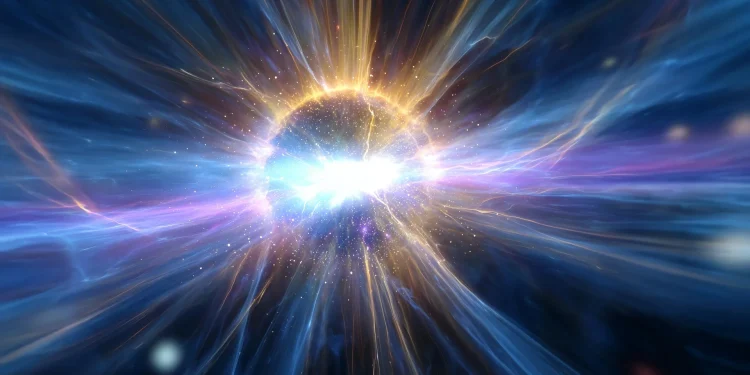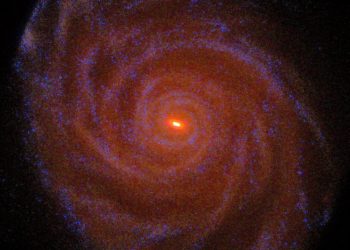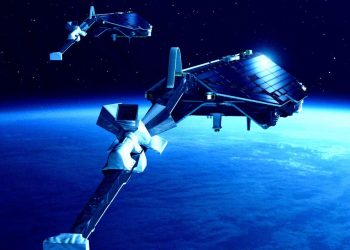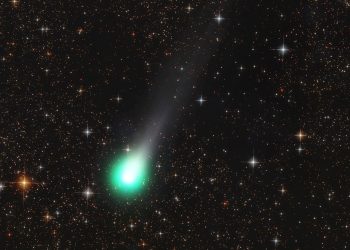How did the universe begin and what early processes shaped everything that followed? A new study published in Physical Examination Research addresses this fundamental question. Spanish and Italian scientists have presented a model that reimagines what happened moments after the birth of the universe. Their approach could upend long-held ideas about the forces and events that governed the early evolution of the universe.
To explore these beginnings, researchers performed advanced computer simulations that challenge the traditional theory of “inflation.” According to this theory, the universe expanded at an extraordinary speed in a tiny fraction of a second after its creation. The inflation model relies on several interconnected variables, all of which must align for the theory to work.
The newly proposed model offers a simpler explanation. This suggests that gravitational waves – predicted by general relativity – could be the real driving force behind the formation of the universe, giving rise to galaxies, stars, planets and, ultimately, life on Earth. Researchers link this idea to a mathematical construct known as De Sitter space, named after Dutch mathematician Willem De Sitter, who collaborated with Albert Einstein in the 1920s to understand the structure of the cosmos.
“For decades we have tried to understand the earliest moments of the Universe using models based on things we have never observed,” said Dr Raúl Jiménez, who studies experimental sciences and mathematics at ICREA in Spain and is co-author of the study. “What makes this proposal exciting is its simplicity and verifiability. We are not adding speculative elements but rather demonstrating that gravity and quantum mechanics can be sufficient to explain how the structure of the cosmos came to be.”
The concept of gravitational waves dates back to 1893 and 1905, when Oliver Heaviside and Henri Poincaré first proposed related ideas. Albert Einstein expanded on this point in 1916, describing gravitational waves as ripples in the structure of space-time in his theory of general relativity. These waves can come from powerful cosmic events such as supernovae, merging black holes and neutron star collisions. Because they are incredibly faint, detecting them requires very sensitive instruments. It wasn’t until September 2015 that scientists at the Laser Interferometer Gravitational-Wave Observatory (LIGO), with facilities in Washington and Louisiana, made the first confirmed detection.
The birth of the universe remains one of the greatest scientific enigmas. The Big Bang theory remains the dominant explanation, but many questions persist, including what may have happened before this explosive start.
Carl Sagan once reflected on humanity’s deep connection to the cosmos, saying, “The cosmos is within us. We are made of stars. We are a way for the universe to know itself. »
We may never know exactly how the universe began and what processes are behind reading this article right now. But like the simplicity of this study, perhaps this study is simply a way for us to better understand the universe itself.
What new discoveries about the origins of the universe will researchers make in the years and decades to come? Only time will tell, and that’s why we do science!
As always, keep doing the science and keep looking!
Adapted from an article originally published on Universe Today.








